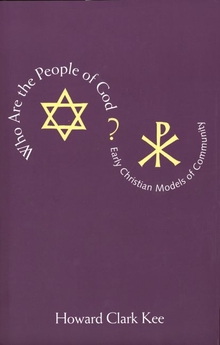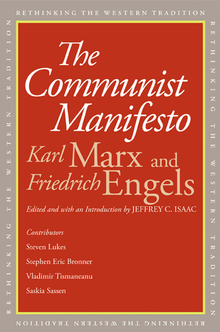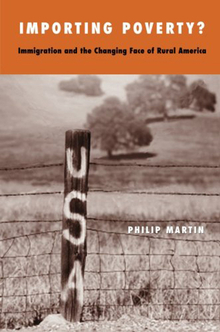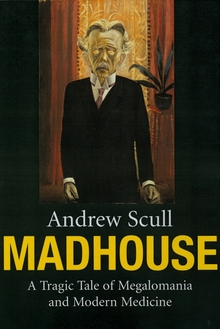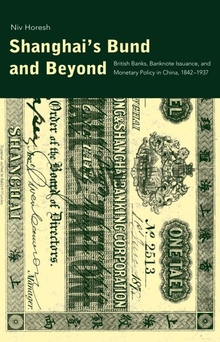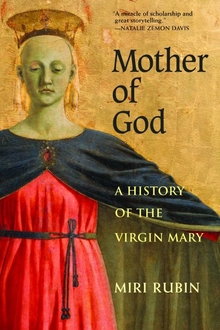Who Are the People of God?
WARNING
You are viewing an older version of the Yalebooks website. Please visit out new website with more updated information and a better user experience: https://www.yalebooks.com
Early Christian Models of Community
Howard Clark Kee
Out of Print
In this provocative book, an eminent scholar examines the complex factors that shaped Judaism and early Christianity, analyzing cardinal Judaic and Christian texts and the cultural worlds in which they were written. Howard Clark Kee's sociocultural approach emphasizes the diversity of viewpoint and belief present in Judaism and in early Christianity, as well as the many ways in which the two religions reacted to each other and to the changing circumstances of the first two centuries of the Common Era.
According to Kee's interpretation of Jewish documents of the period, Jews began to adopt various models of community to bring into focus their group identity, to show their special relation to God, and to articulate their responsibilities within the community and toward the wider culture. The models they adopted—the community of the wise, the law-abiding community, the community of mystical participation, the city or temple model, and the ethnically and culturally inclusive community—were the means by which they responded to the challenges and opportunities for reinstating themselves as God's people. These models in turn influenced early Christian behavior and writing, becoming means for Christians to define their type of community, to understand the role of Jesus as God's agent in establishing the community, and to outline what their moral life and group structure, as well as their relations with the wider Jewish and Greco-Roman culture, ought to be.
According to Kee's interpretation of Jewish documents of the period, Jews began to adopt various models of community to bring into focus their group identity, to show their special relation to God, and to articulate their responsibilities within the community and toward the wider culture. The models they adopted—the community of the wise, the law-abiding community, the community of mystical participation, the city or temple model, and the ethnically and culturally inclusive community—were the means by which they responded to the challenges and opportunities for reinstating themselves as God's people. These models in turn influenced early Christian behavior and writing, becoming means for Christians to define their type of community, to understand the role of Jesus as God's agent in establishing the community, and to outline what their moral life and group structure, as well as their relations with the wider Jewish and Greco-Roman culture, ought to be.
Howard Clark Kee is William Goodwin Aurelio Professor of Biblical Studies Emeritus at Boston University. Among his eighteen previous books is Miracle in the Early Christian World, published by Yale University Press.
ISBN: 9780300059526
Publication Date: January 25, 1995
Publication Date: January 25, 1995
288 pages, 6 1/8 x 9 1/4

